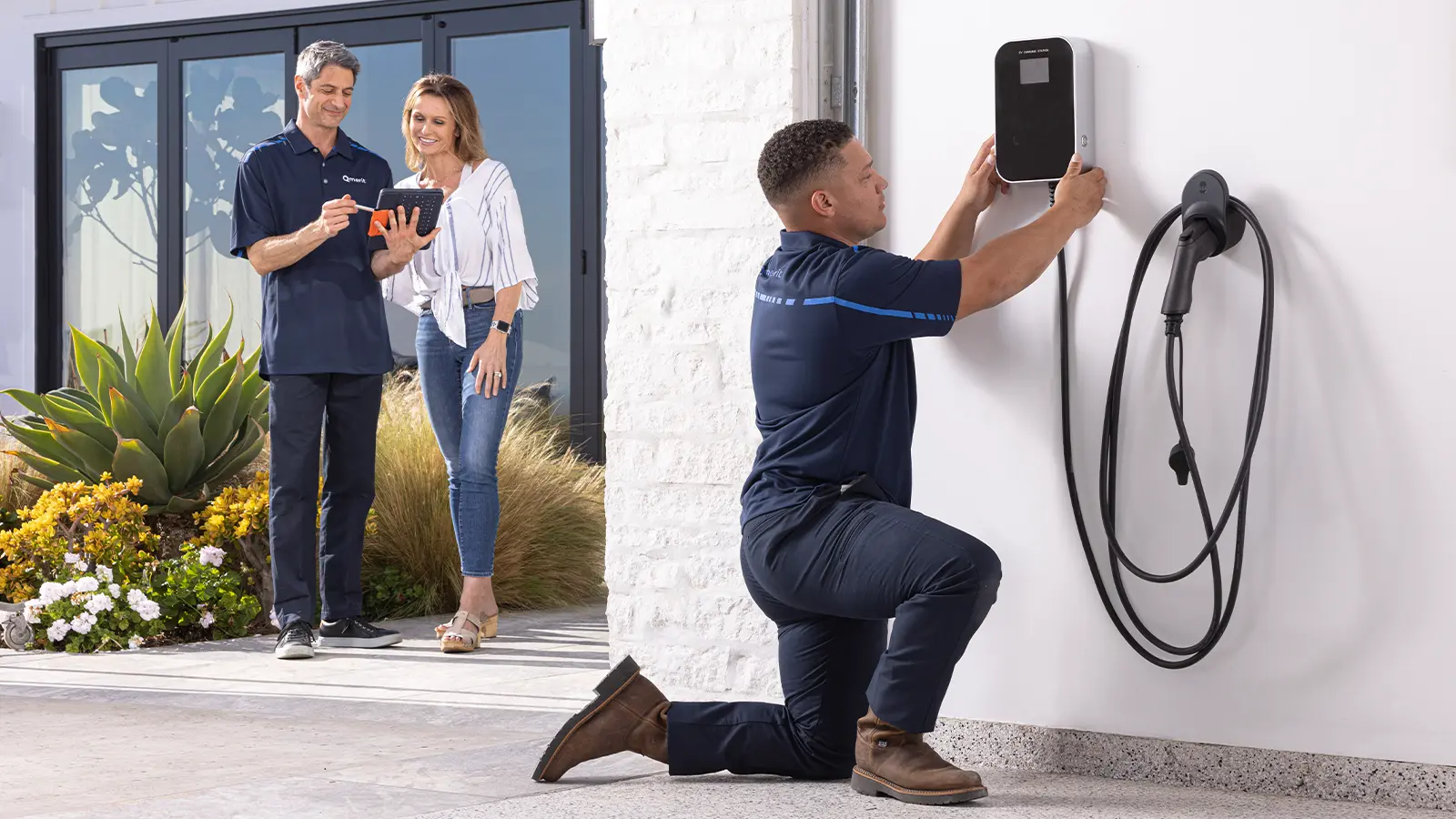Home EV Chargers 101: Everything You Need to Know
Are you thinking about buying a new electric vehicle EV or already own one? If so, then it’s essential to understand the basics of home EV chargers. As the popularity of EVs continues to rise, more and more homeowners are opting for the convenience of charging their cars at home.
In this guide, we’ll cover everything you need to know about home EV chargers and how they can benefit you and the environment.
After reading this post, contact this company for professional EV charging installation services in Spokane, WA.
Why choose a home EV charger?
Although public charging stations are becoming more common, installing an EV charger at home has several benefits. First and foremost, it provides privacy and convenience since you can charge your car from the comfort of your home. Additionally, using a home charger is typically more cost-effective than public charging stations, and you won’t have to worry about waiting in line or dealing with malfunctioning equipment.
Types of home EV chargers
There are three primary types of home EV chargers: Level 1, 2, and DC fast chargers. Let’s take a closer look at each type:
Level 1 chargers
Level 1 chargers use a standard household outlet 120 volts and can provide up to 5 miles of range per hour of charging. While these chargers are the most affordable option, they are also the slowest and may not be ideal for drivers who often take long trips.
Level 2 chargers
This type of charger uses a higher voltage outlet 240 volts and can add up to 25 miles of range for every hour of charging. These chargers are more expensive than Level 1 but are significantly faster, making them a popular choice for homeowners with electric vehicles.
DC fast chargers
Often referred to as Level 3 chargers, DC Fast Chargers use an even higher voltage around 480 volts and can add up to 200 miles of range in just 30 minutes. However, these chargers are the most expensive option and may require professional installation because of their high power requirements.
Read also: Lighthouse Storage Sheds
Factors to consider when choosing a home EV charger
There are several factors to keep in mind when selecting a home EV charger. These include:
Your vehicle’s charging capabilities:
Choosing a charger compatible with your car’s charging port is crucial.
Speed of charging:
Consider how quickly you need your car to charge and choose a charger accordingly.
Power source:
Level 1 and 2 chargers can be used with a standard electrical outlet, while DC Fast Chargers typically require special wiring or solar panels.
Cost:
The cost of the charger itself, as well as installation costs, should be taken into account when choosing a home EV charger.
Conclusion
As electric vehicles become more common, it’s essential to understand the basics of home EV chargers. From the different types available to factors to consider when choosing one, this guide has covered everything you need to know about home EV chargers.
Remember, always consult a professional for the safe and proper installation of your home EV charger. Offering convenience, cost savings, and environmental advantages, it’s a worthwhile investment for any EV owner.

